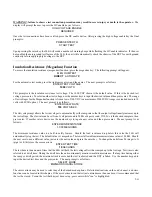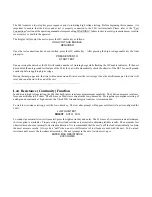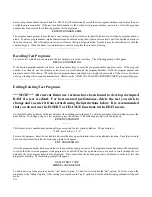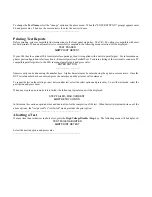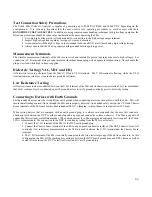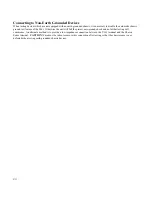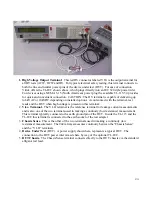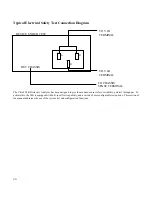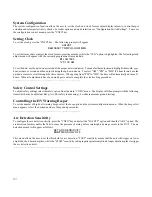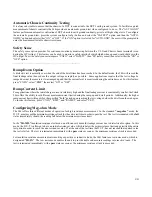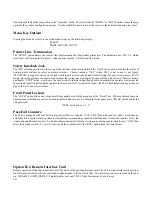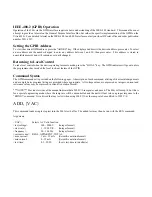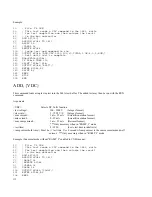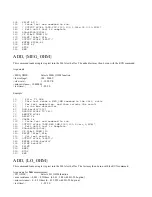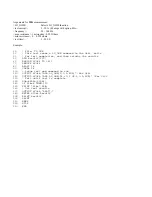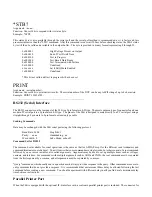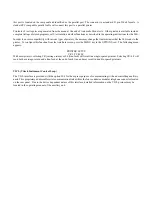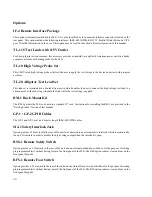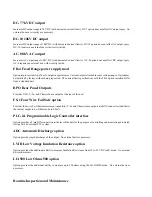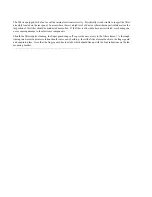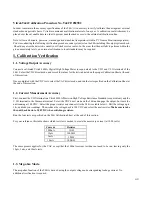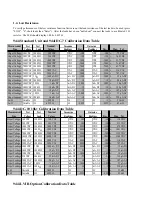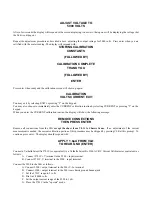
IEEE-488.2 (GPIB) Operation
Operation of the 944i via the GPIB interface requires a basic understanding of the IEEE-488 standard. This manual does not
attempt to provide a tutorial on the General Purpose Interface Bus, but rather the specific implementation of the GPIB on the
Vitrek 944i. For a detailed tutorial on the IEEE-488.1 and 488.2 interface contact your local HP sales office and order publication
number 5021-1927.
Setting the GPIB Address
To view the current GPIB address, press the "ADDRS" key. If the displayed address is the desired address, press enter. To select
a new address use the number keypad to enter any address between 1 and 30, then press enter. This address is stored in
nonvolatile memory and will remain as set until changed.
Returning to Local Control
To take local control when the unit is operating in remote mode, press the "LOCAL" key. The GPIB indicator will go out unless
the programmer has invoked the local lock-out feature of the GPIB.
Command Syntax
The GPIB command set is provided on the following pages. A description of each command, a listing of its associated arguments
and a sample basic program listing are provided where appropriate. All voltage values are expressed as integers, current and
resistance values may be expressed in scientific notation format.
***NOTE*** Previous versions of the manual indicate that a 2000 V/S ramp rate can be used. The 944i will accept it, but this is
for a special engineering mode where the ramp rate will be uncontrolled and the unit will not return a proper response to the
“RDNG?” command. It is advised that any tests written using 2000 V/S as the ramp rate be modified to 1999 V/S.
ADD, {VAC}
This command loads a single step test into the 944i's test buffer. The added test may then be run with the RUN command.
Arguments:
<VAC>,
Selects AC Volts function
<test voltage>,
100 - 5000 V
(Integer format)
<slew rate>,
1 - 1999 V/S
(Integer format)
<frequency>,
50 - 100 Hz
(Integer format)
<current sense>, REAL, APPARENT, TOTAL
<max current>,
1 nA - 35 mA
(Scientific notation format)
<min current>,
0 -35 mA
(Scientific notation format)
<test time>,
0.5 - 999 S
(0 sets test time to indefinite)

